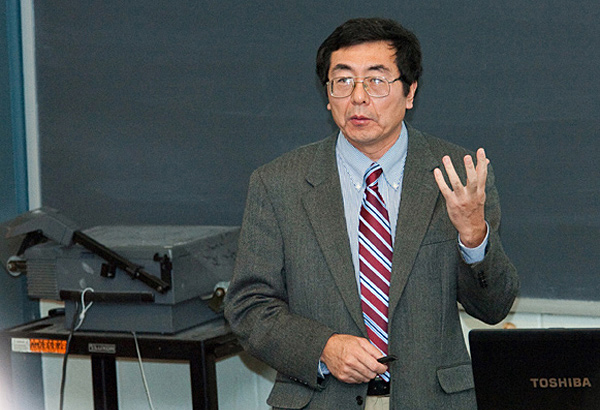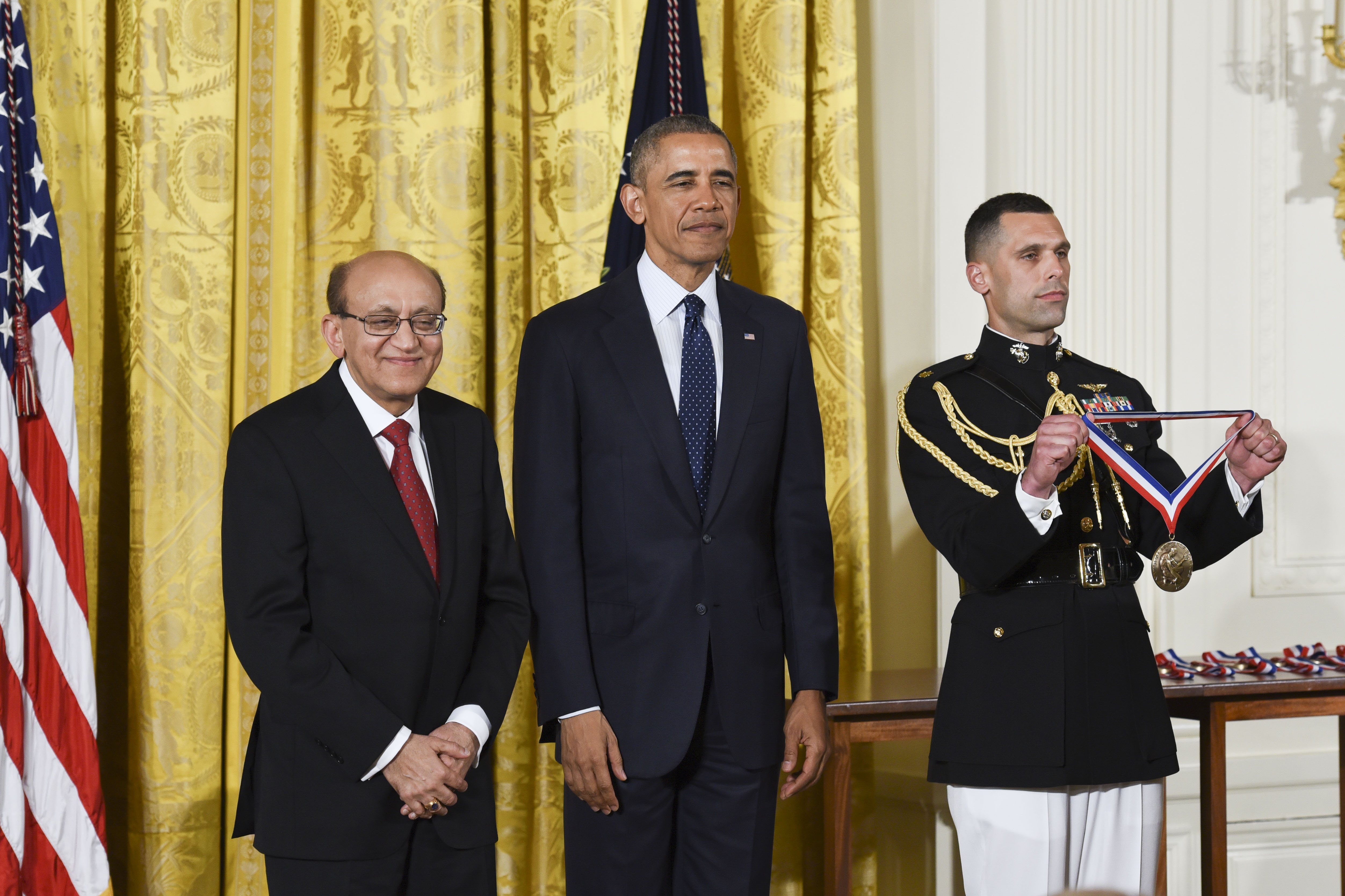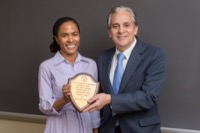
UD catalysis work recognized
Jingguang Chen to receive Chicago organization’s Herman Pines Award May 19
1:59 p.m., April 4, 2011--Jingguang Chen, Claire D. LeClaire Professor of Chemical Engineering at the University of Delaware, is a world leader in surface science studies of carbide and bimetallic catalysts.
Catalysts increase the rate of chemical reactions. Bimetallic catalysts are formed by combining atoms of two metals. The result is a unique metal with physical, chemical and electronic properties unlike either parent metal.
Honors Stories
National Medal of Science
Warren Award
Chen’s work has shortened long standing materials and pressure gaps critical in converting fundamental science to industrial practice using a unique combination of surface science, theoretical modeling, catalysis and in-situ reactor studies, leading to the development of novel concepts and catalytic materials for a wide range of chemical reactions.
In particular, his research group revolutionized understanding and design of bimetallic and carbide surfaces and their applications to technologies ranging from catalysts to fuel cells.
On May 19, Chen will receive the 2011 Herman Pines Award in Catalysis at the 2011 Catalysis Club of Chicago Spring Symposium in Naperville,Ill. Given annually, the award recognizes an individual with significant contributions to catalysis in either fundamental research or industrial processes.
Chen joined the UD faculty in 1998 and served as director of the Center for Catalytic Science and Technology from 2000 through 2007. He served as interim director of the UD Energy Institute from 2008 to 2010.
He also is the co-founder and principal investigator of the Synchrotron Catalysis Consortium (SCC) at the National Synchrotron Light Source, Brookhaven National Laboratory. The first of its kind in the United States, the consortium is sponsored by the U.S. Department of Energy to promote synchrotron research by the catalysis community in the United States.
Widely published, Chen is author of over 220 papers in refereed journals. He holds 16 U.S. patents and has given over two hundred invited and keynote lectures.
Article by Karen B. Roberts








